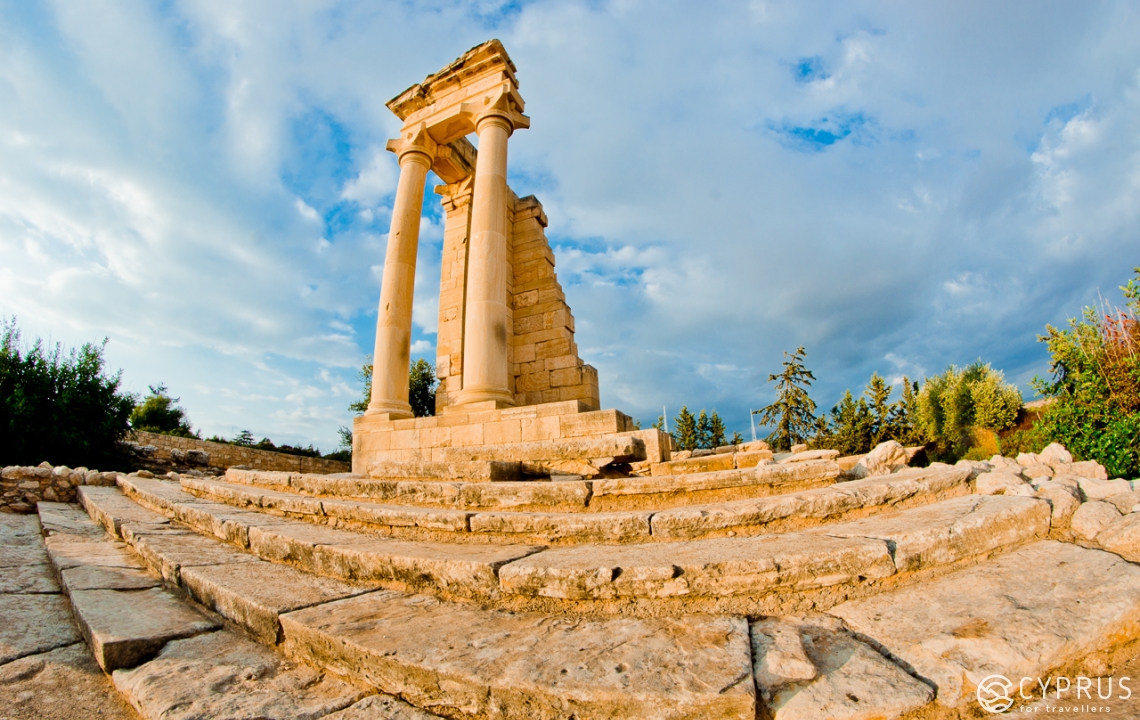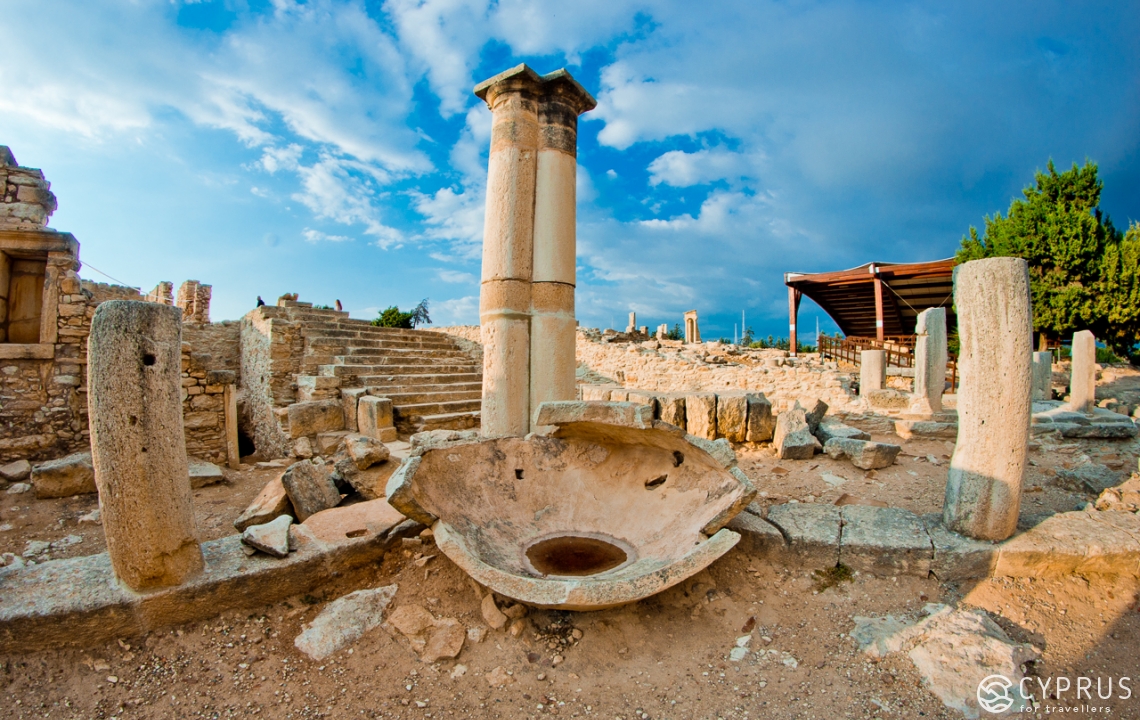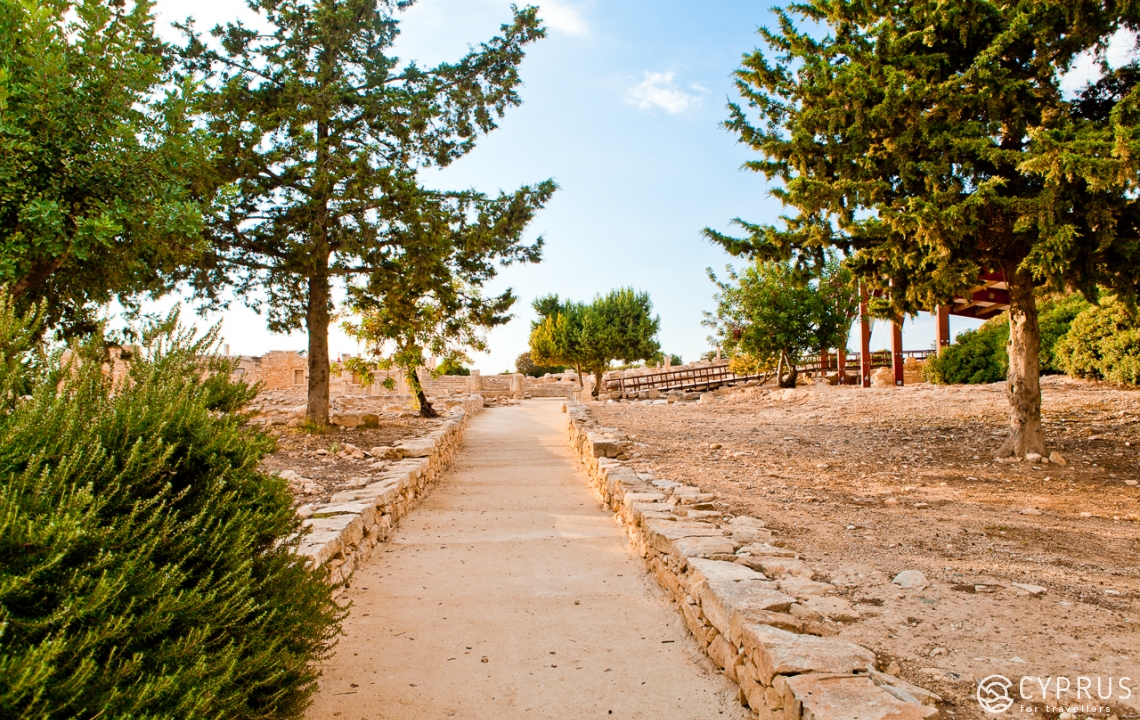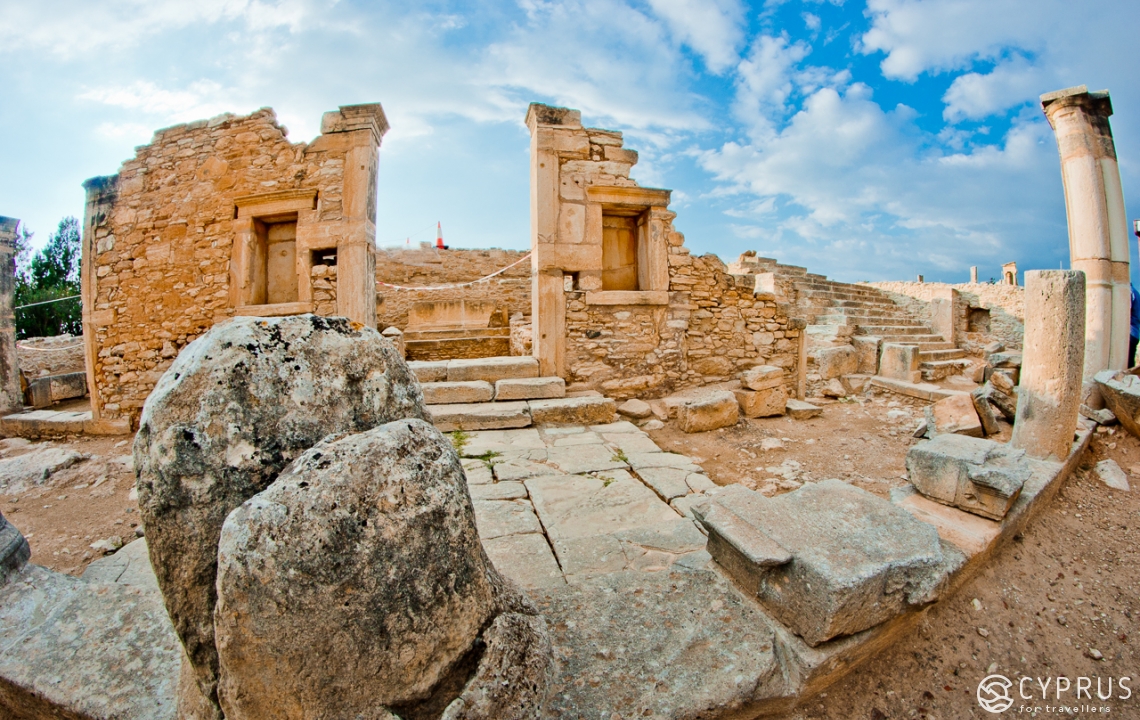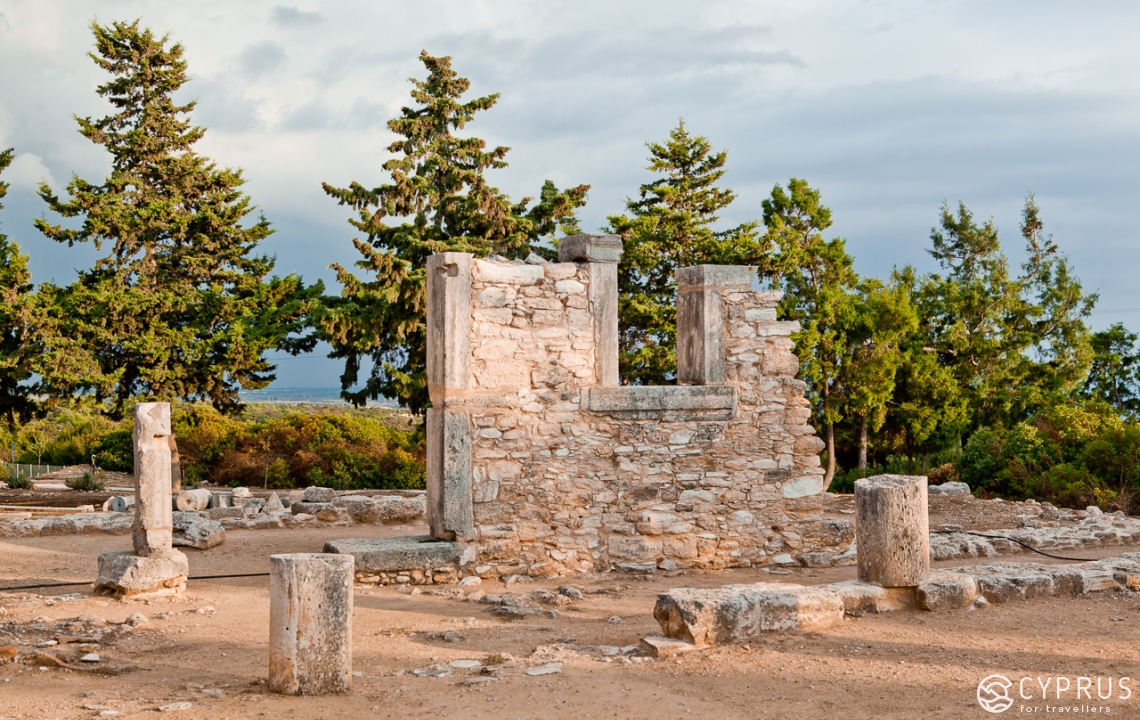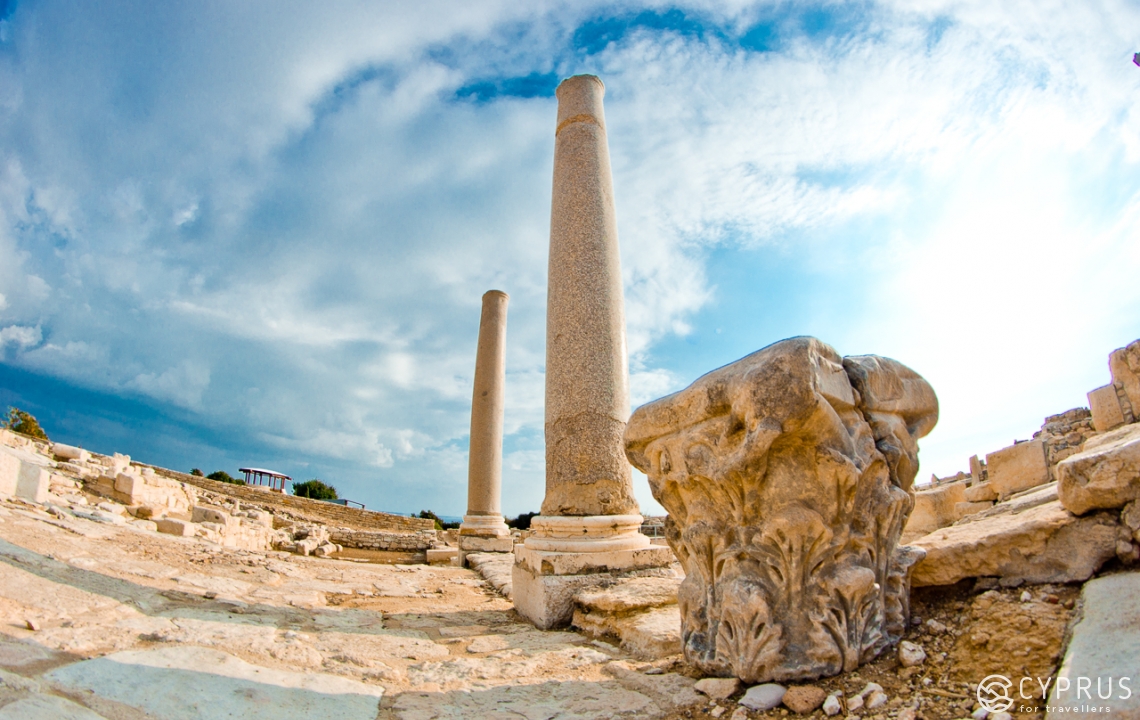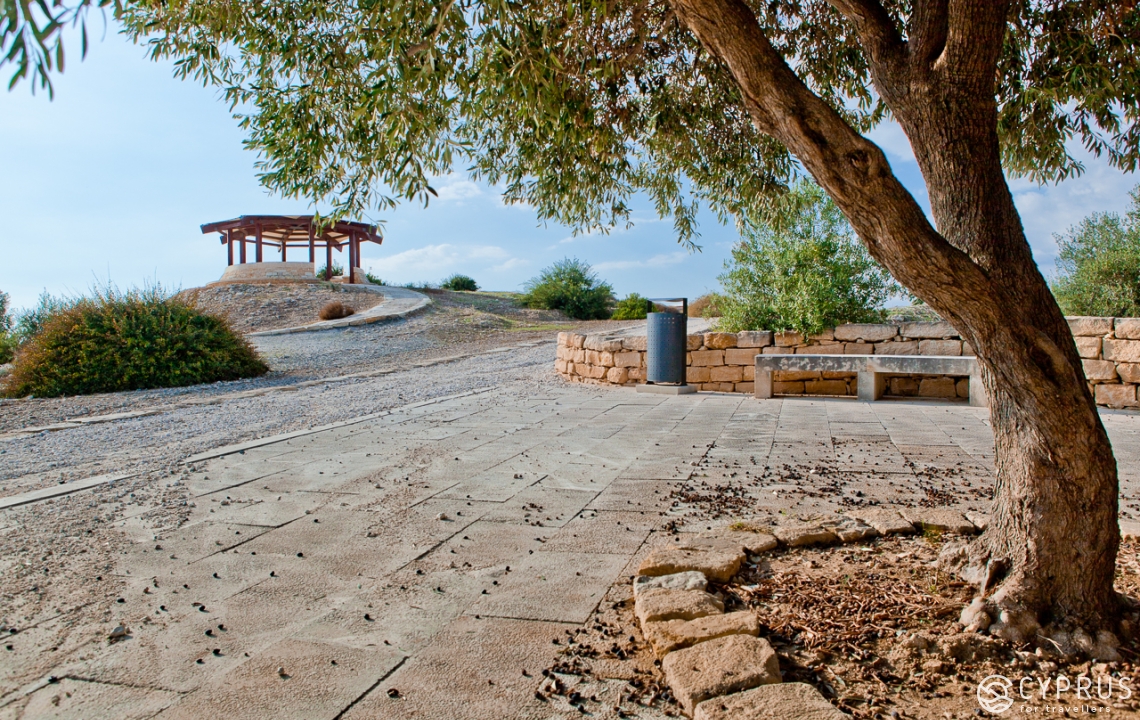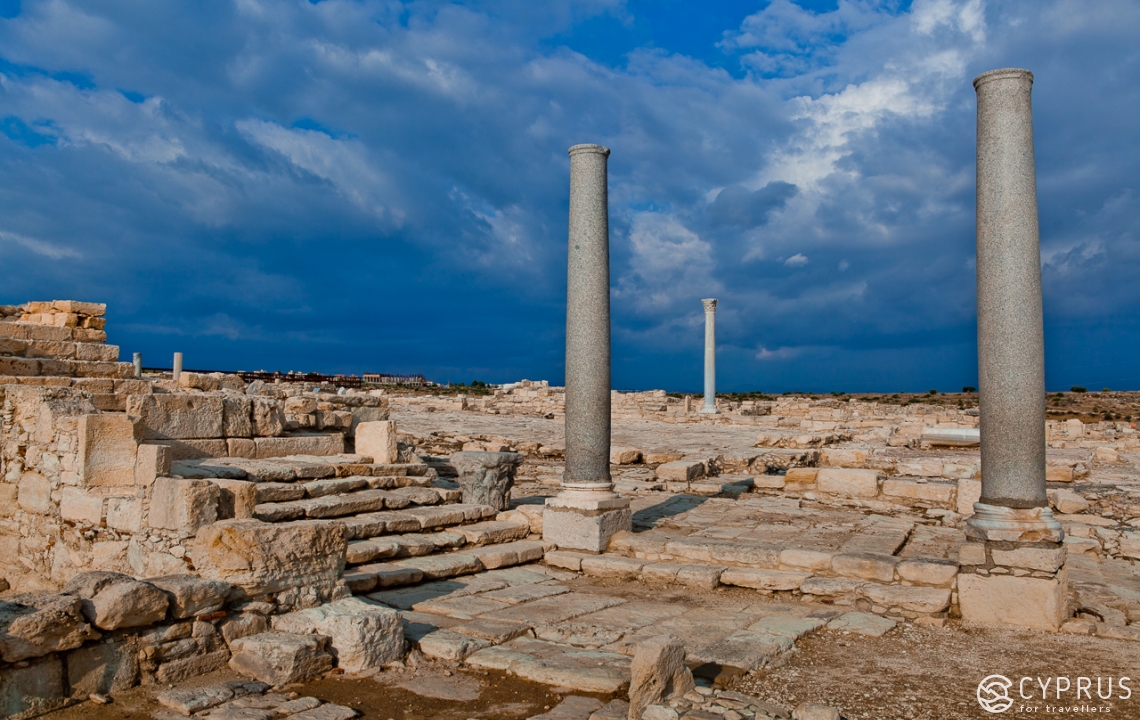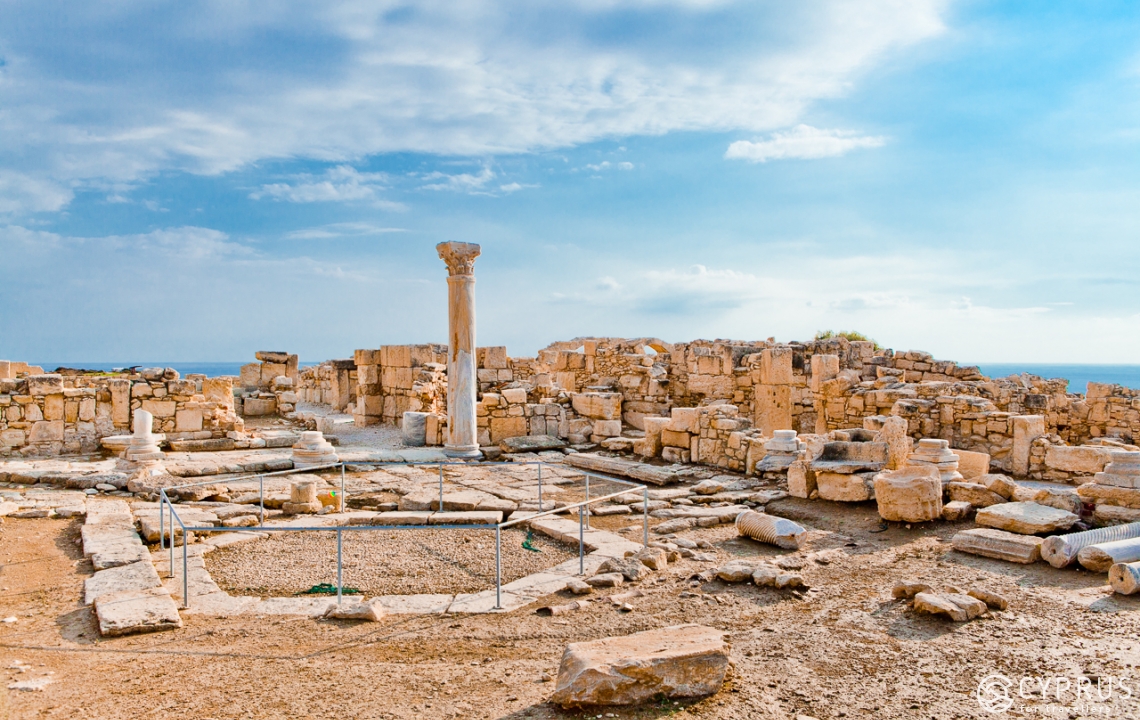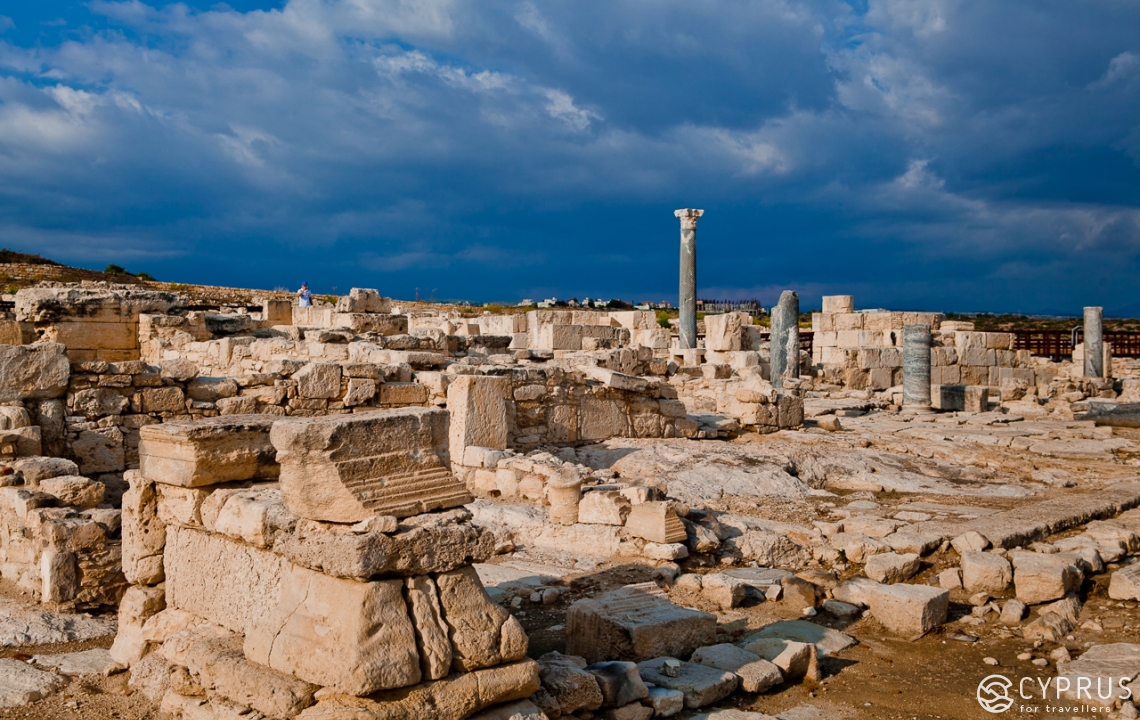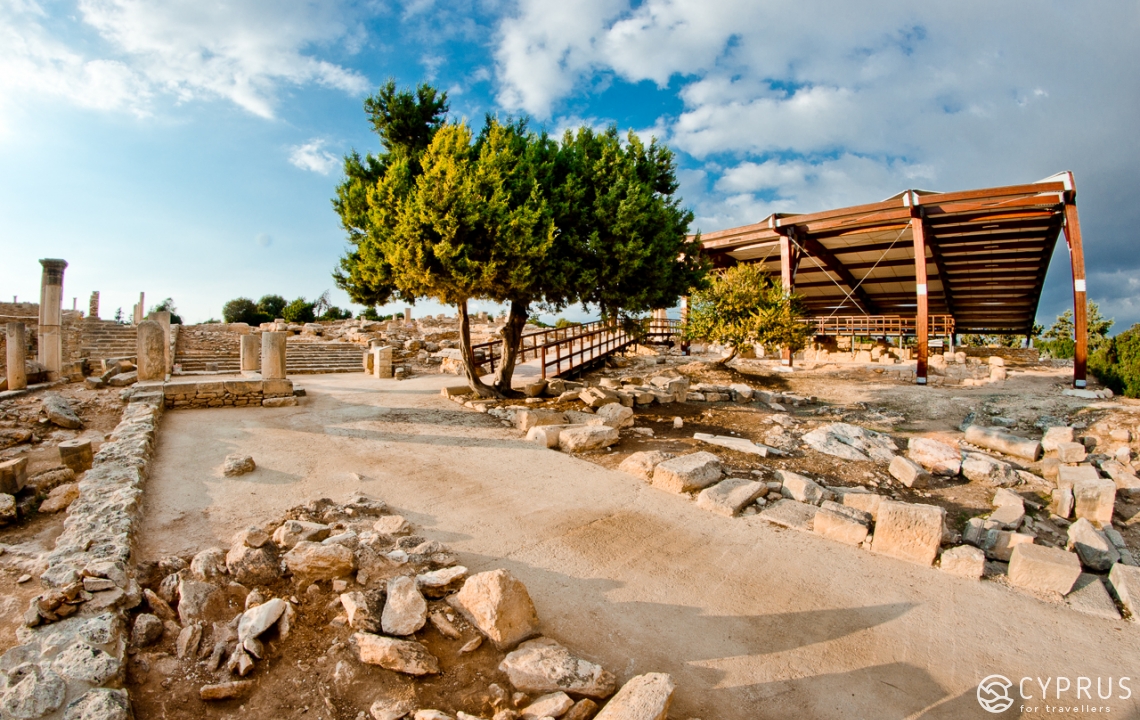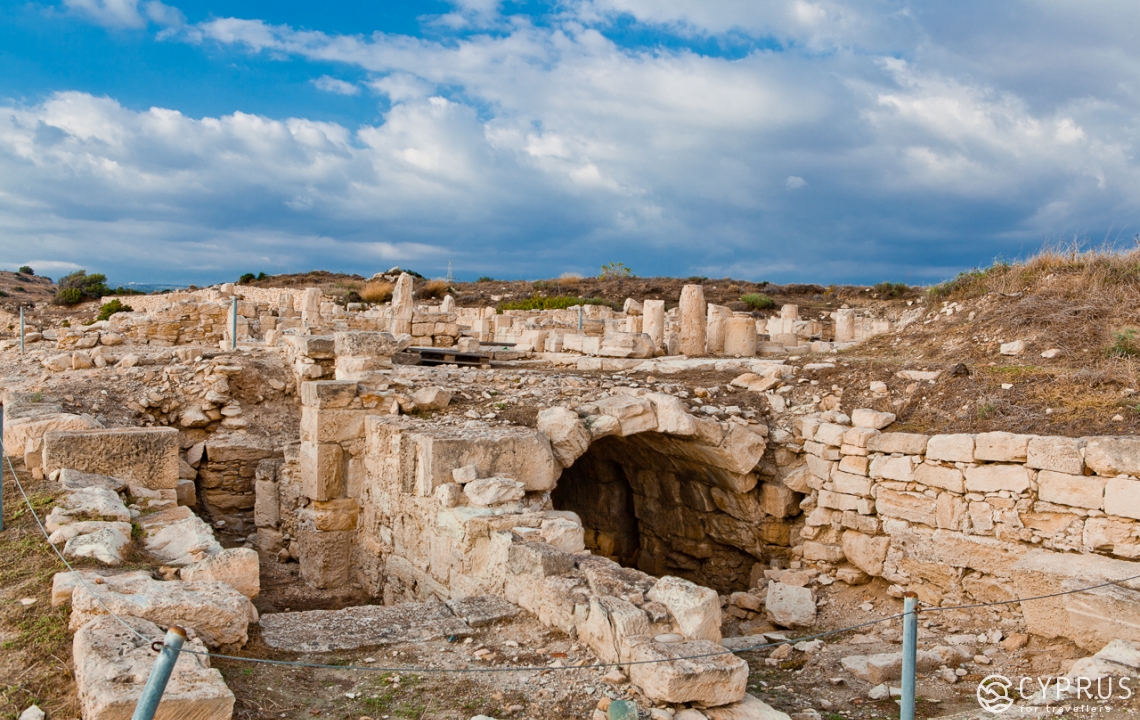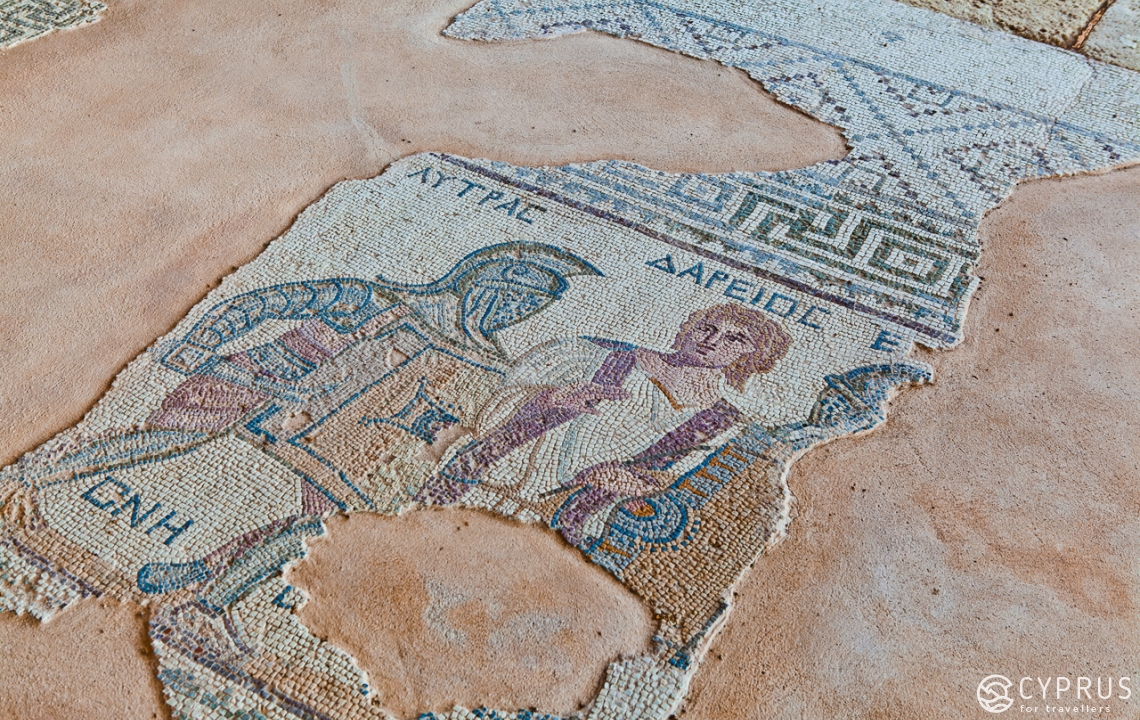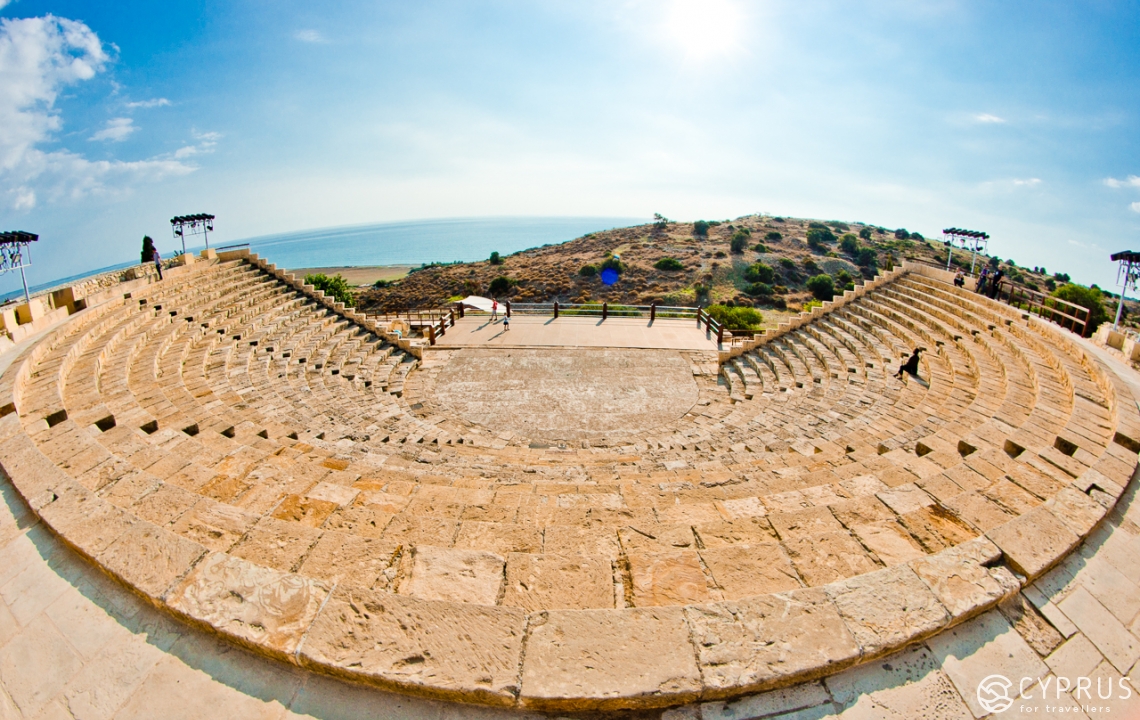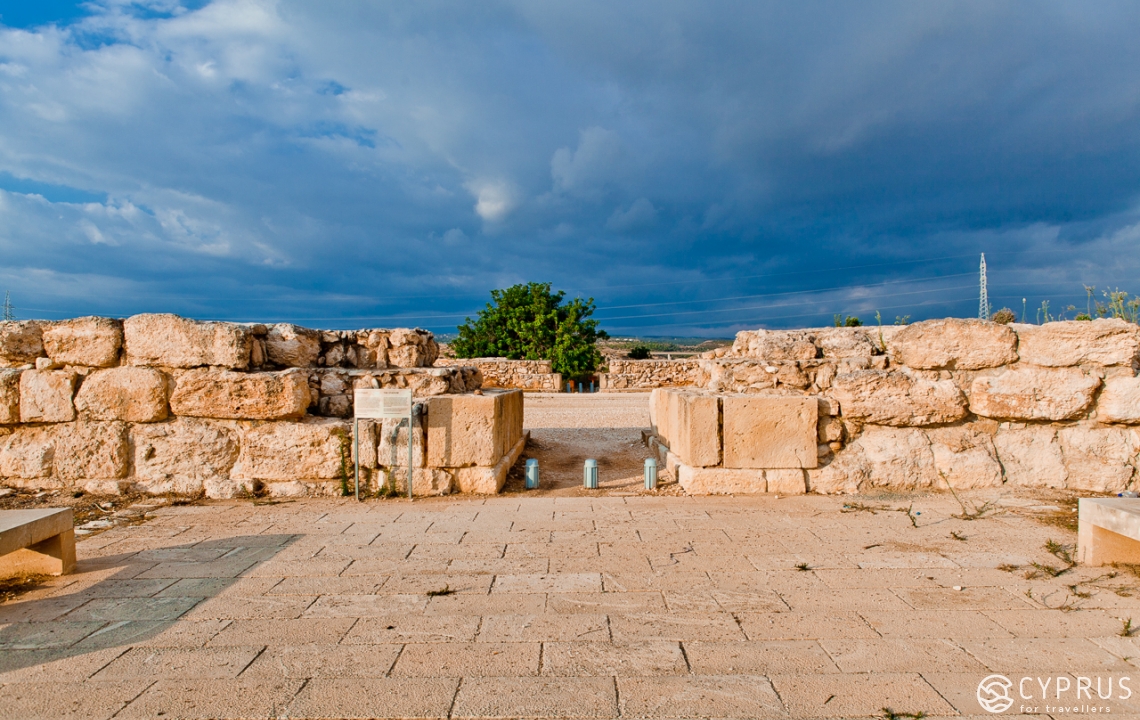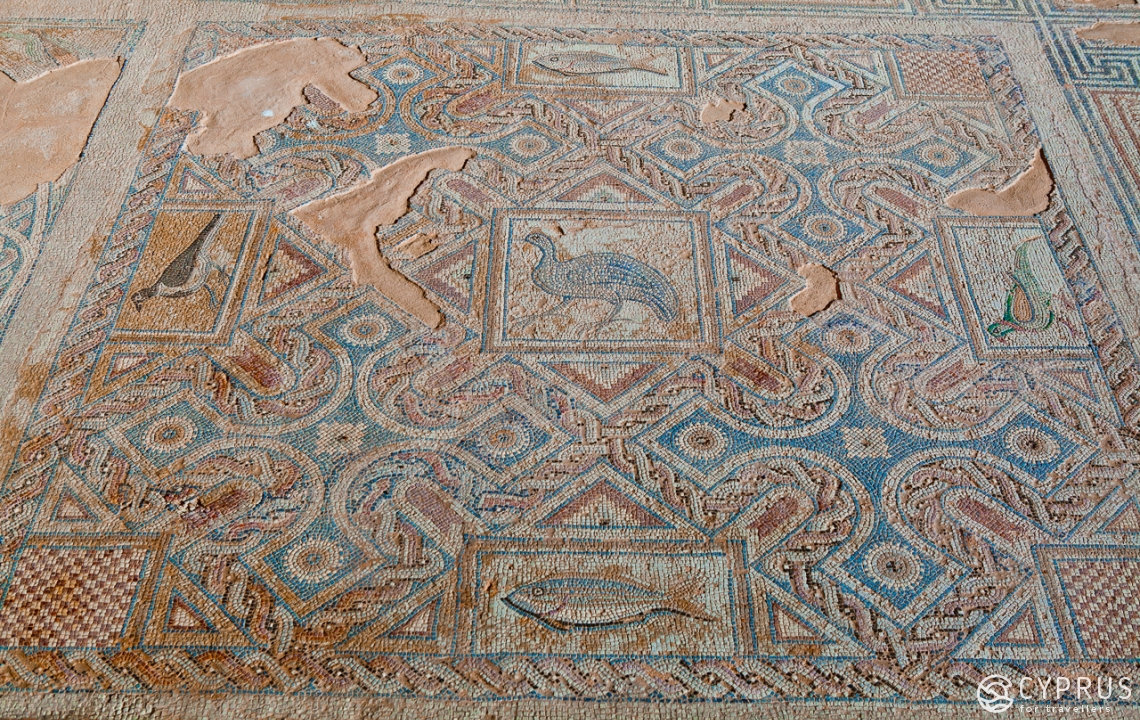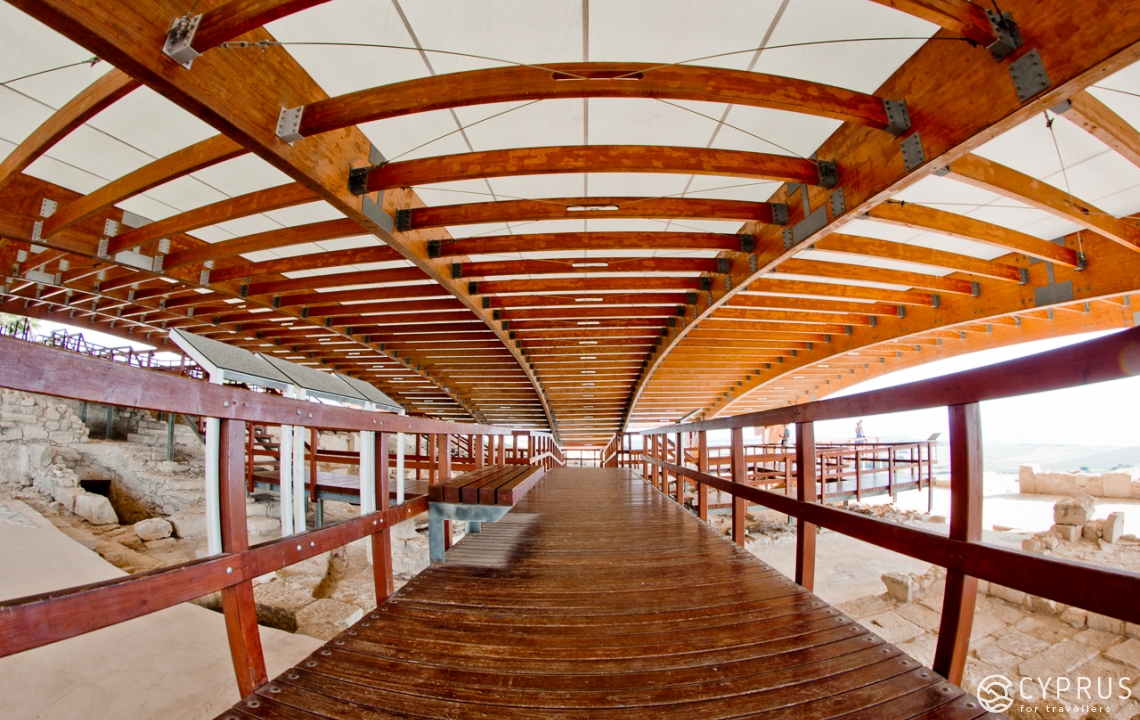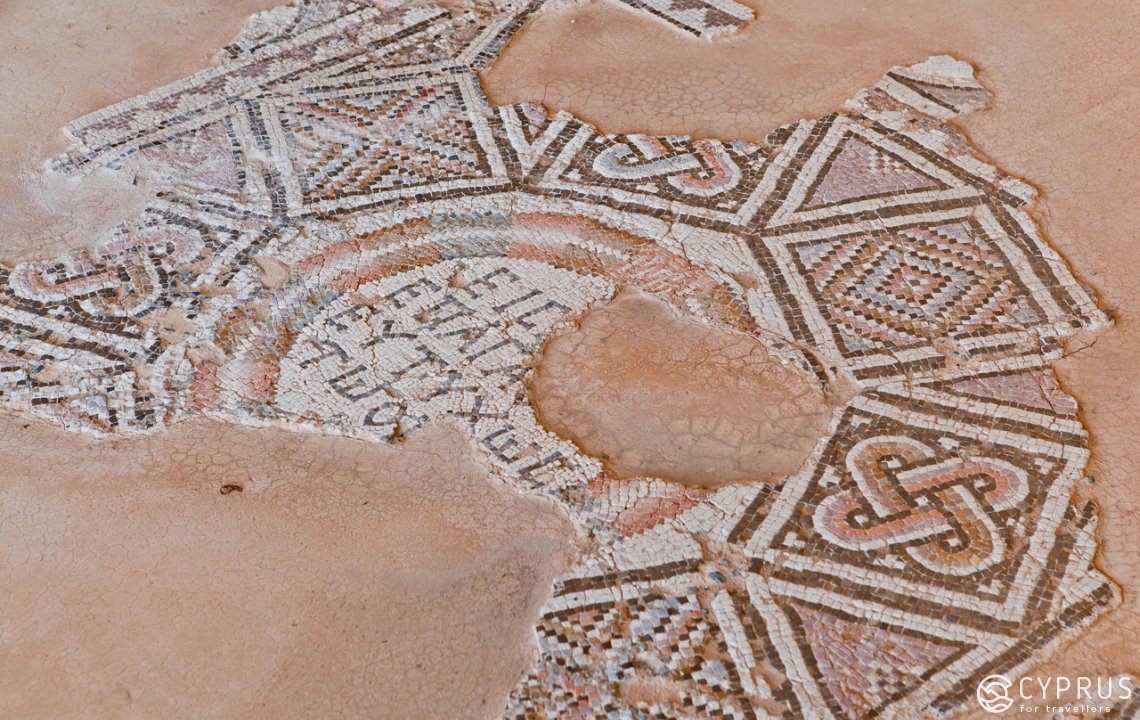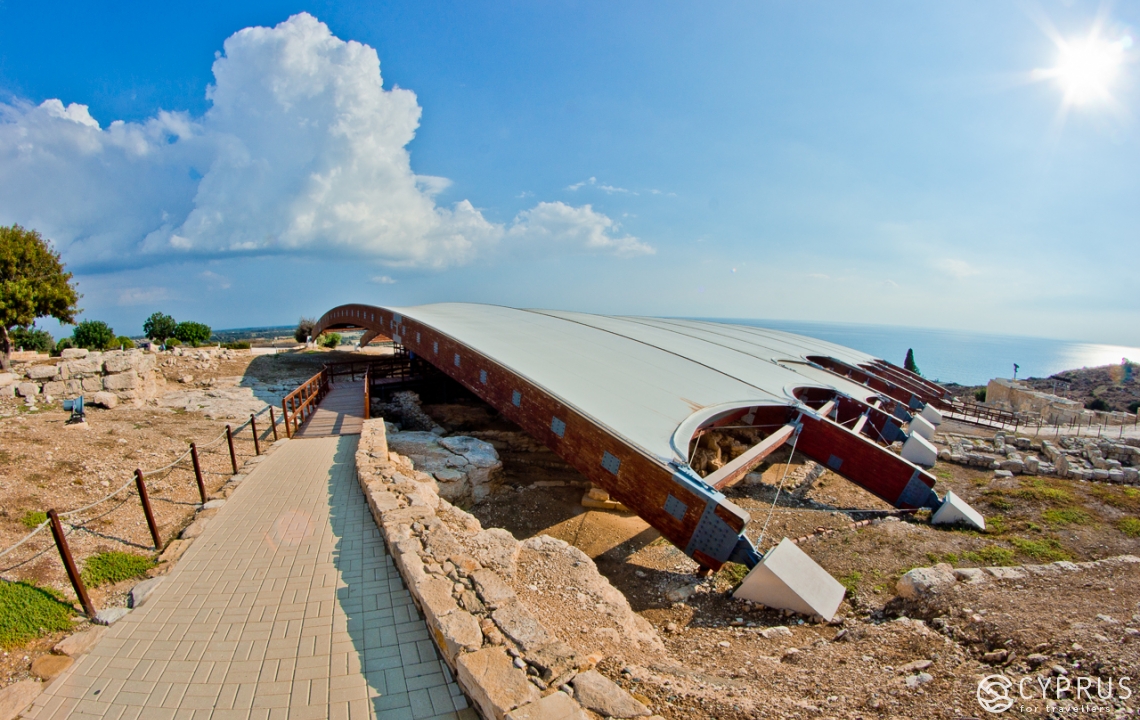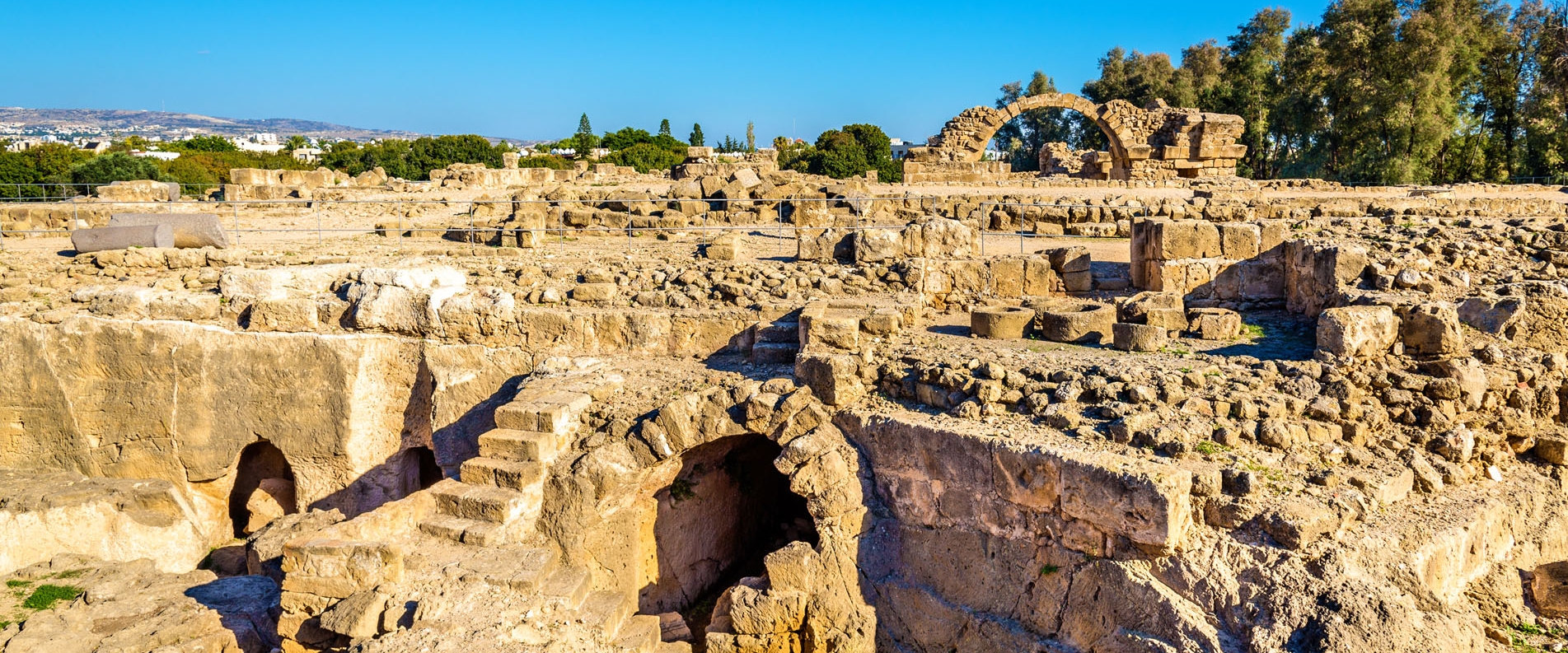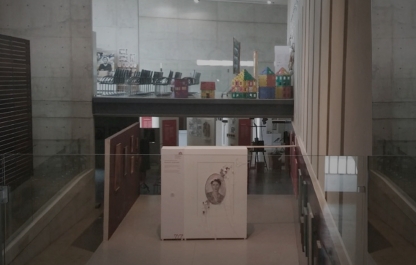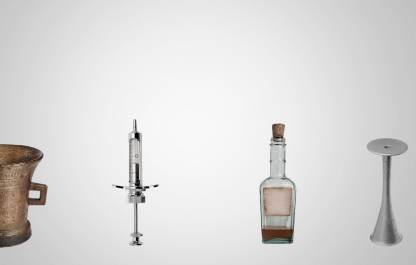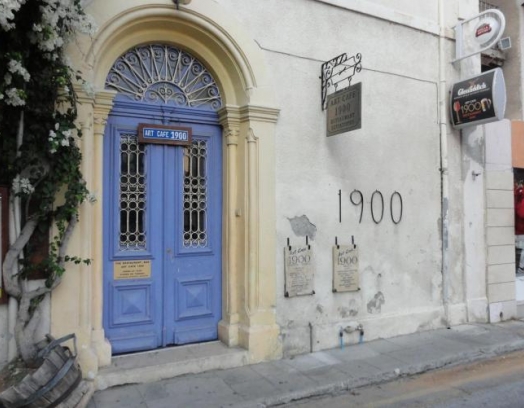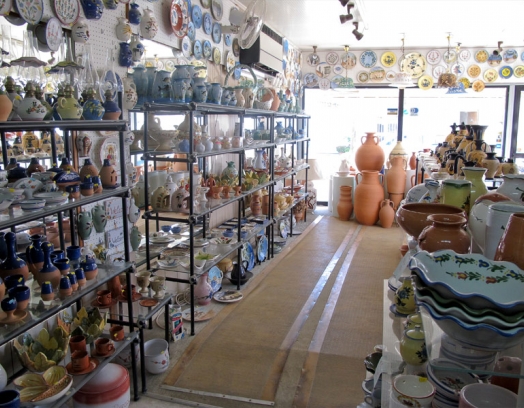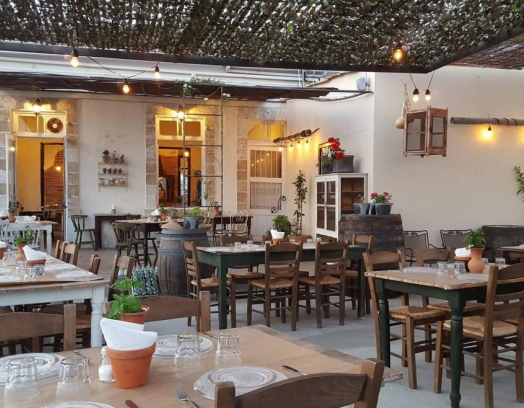The history of Cyprus can be traced back to the Neolithic age. Today, the remains of the ancient cities, that have been discovered in different parts of the island during archaeological excavations, are open to visitors. Read our review to learn more about these special historical and cultural landmarks and decide whether to include them in your vacation plan or not.
It is believed that there were 10 ancient city-states on the territory of modern Cyprus. The names of these cities (Paphos, Salamis, Soloi, Kourion, Chytroi, Ledrai, Tamassos,Kition, Lapethos, and Amathus) are listed on an inscription of Esarhaddon, the king of Assyria.
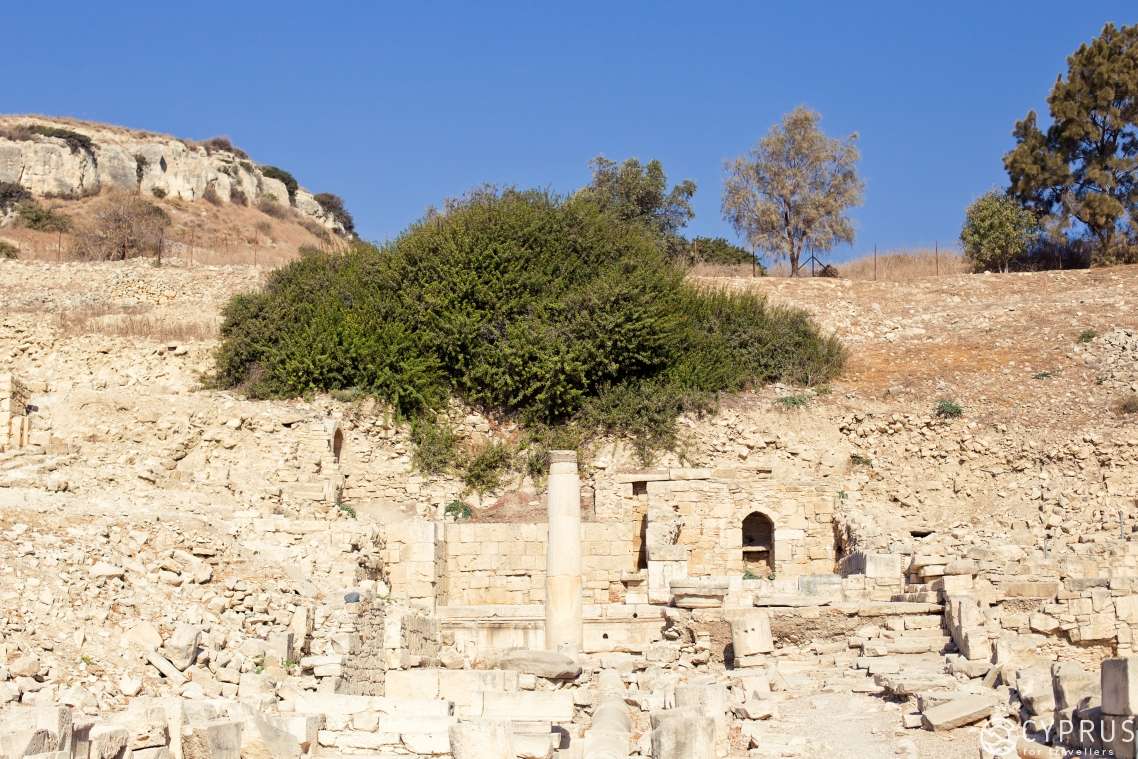
Unfortunately, not all of the city-states were reconstructed, but archaeologists are still working to discover as much ancient history hidden in them as possible. Nowadays, three archaeological parks in different parts of the island are open to everybody who wants to admire scrutinously reconstructed ancient cities.
Salamis
Salamis is a Greek city-state founded in the Late Bronze Age III by Teucer, an archer, who was not expected at home after the Trojan war: the brave warrior had failed to avenge his brother Ajax and was expelled from home by his father, Telamon. Not knowing where to go, the young man put all his talents into creating Salamis.
The city had been one of the main political and trading centers on the island for many centuries. Ships loaded with goods from Egypt, Phoenicia, and Cilicia were often seen in its harbour, and the city was known as wealthy and prosperous.
In the 5th and the 6th centuries BC, the political influence of Salamis was so great, that the owner of the city was basically the main person on the whole island.
During the reign of the Roman Emperor Trajan, most of the city was destroyed in the Jewish rising (AD 116–117). In the beginning of the 4th century AD, the city was heavily damaged by several major earthquakes. The Emperor’s son Constantius II managed to rebuild the city and named it after himself — Constantia. Finally, at the time of the Arab invasions of the 7th century, Salamis was completely abandoned: all the residents were forced to move to the neighbouring Famagusta.
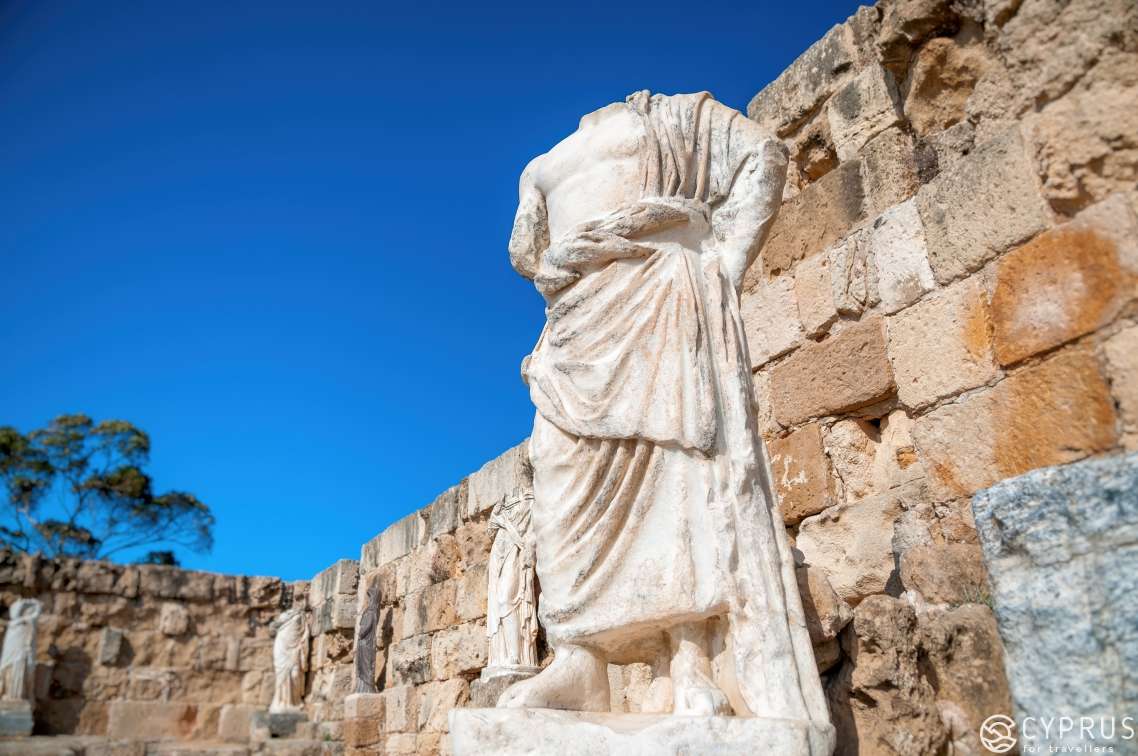
Archeological excavations on the territory of Salamis first started in the 20th century. Today, the ruins of the ancient city-state are an open-air historical and archaeological museum well known by ancient history lovers all over the world.
The largest building found in Salamis during the course of the excavations is the Roman gymnasium, that had taken place of an even older building from the Hellenistic period. Visitors can explore what is left of the palaestra, surrounded by columns, a semicircular bathroom, and the ruins of the thermae that had replaced the gymnasium in the 4th century AD.
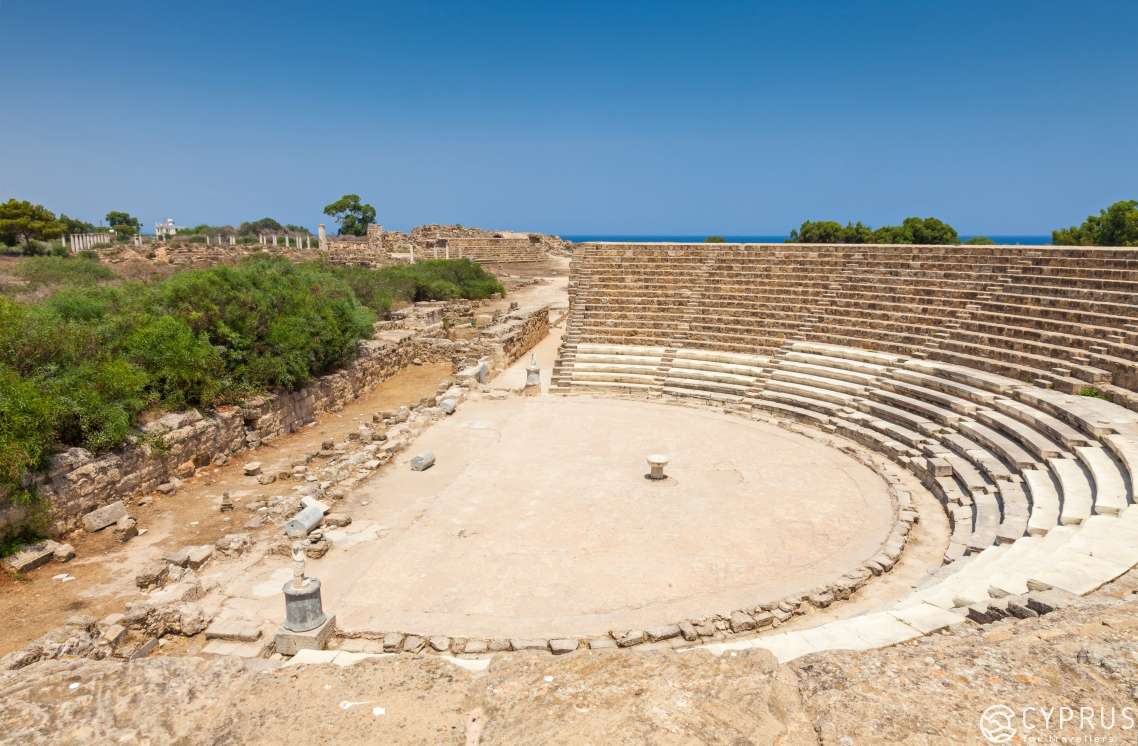
Another remarkable feature of Salamis is the remains of an ancient theatre built in the 1st century AD. The upper levels of the theatre were reconstructed in the middle of the 20th century, while the three original lower levels appeared very well preserved.
Other architectural landmarks of Salamis are the Temple of Zeus, an ancient market-place, and early Christian basilicas. The royal tombs dating back to the 6th and 7th centuries BC can be found right outside the former city.
Kurion
The ancient city-state of Kurion is located close to Episkopi village 13 km to the West from Limassol. Historians say, that the city was founded by Mycenaeans in the 12th century BC and belonged, in sequence, to Greeks, Romans, and the Byzantine Empire.
During its prosperous years, Kourion was a very large settlement with lots of stone and limestone buildings, covered with remarkable mosaics.
The city was destroyed during the series of strong earthquakes in the later-4th century AD.
The remains of the city were turned into an archaeological park which has become a part of the UNESCO World Heritage Site of Paphos. Beautiful ruins of ancient constructions (the biggest of which is a theatre built by Greeks in the 2nd century BC and reconstructed later by Romans) are popular among tourists all over the world.
If you are going to visit Kurion, make sure to stop by the fragments of original ancient mosaics that are still present on the remaining walls of the houses and the thermae.
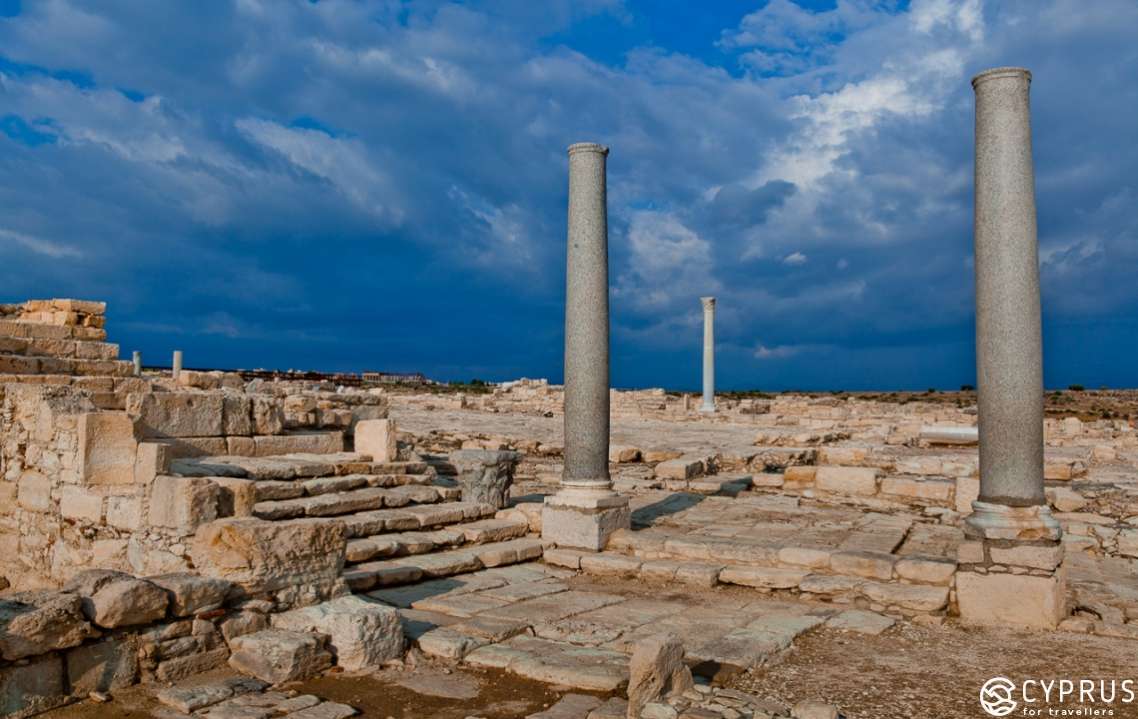
Paphos
An ancient settlement of Paphos can be traced back to the Neolithic age. It was where the Aphrodite cult began: according to the myth, the goddess emerged from the foam on the coast somewhere close to the place, where the city of Paphos was founded.
At first, there were several independent settlements. The oldest one, Palea Paphos, also known as Old Paphos, was founded by Kinir, the Phoenician.
Nea Paphos (New Paphos) and one of its most well-known sites, the Temple of Aphrodite (the ruins are open to the public) were founded by Agapenor, one of the most important figures of the Trojan war.
For a long time, Old Paphos was considered a religious centre of the region, while New Paphos had a greater political impact. After an earthquake that had destroyed most of Old Paphos and its main relics, New Paphos became much more influential.
In the 4th century BC, during the fall of Salamis, Paphos was declared the capital of the island. Most of the architectural landmarks of the city were created in the 2nd and 3rd centuries AD, when the Roman Empire was in charge of the city.
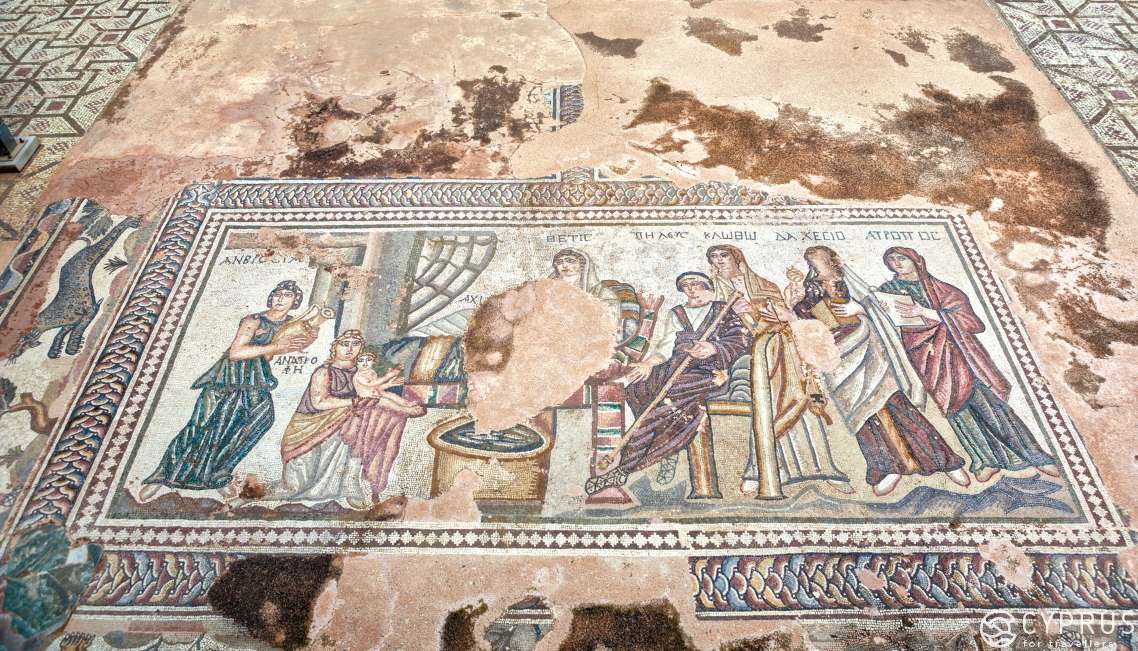
Just as other ancient cities of Cyprus, Paphos was partially destroyed as a result of earthquakes and Arab invasions. By year 647 AD, most of the citizens moved to Pano Paphos, a newer settlement a little bit up the road.
In the end of the 20th century, Old Paphos was included in the UNESCO World Heritage List. Today, the Paphos Archaeological Park features such outstanding ancient remains as the House of Theseus, the House of Orpheus, the House of Dionysos, and the House of Aion, all decorated with unique mosaics, an Odeon, a Theatre, Asklepion, and the remains of the the Basilica of Panagia Limeniotissa dating back to the 5th century AD. Saranta Kolones, the Byzantine fortress, is also located on the territory of the park.
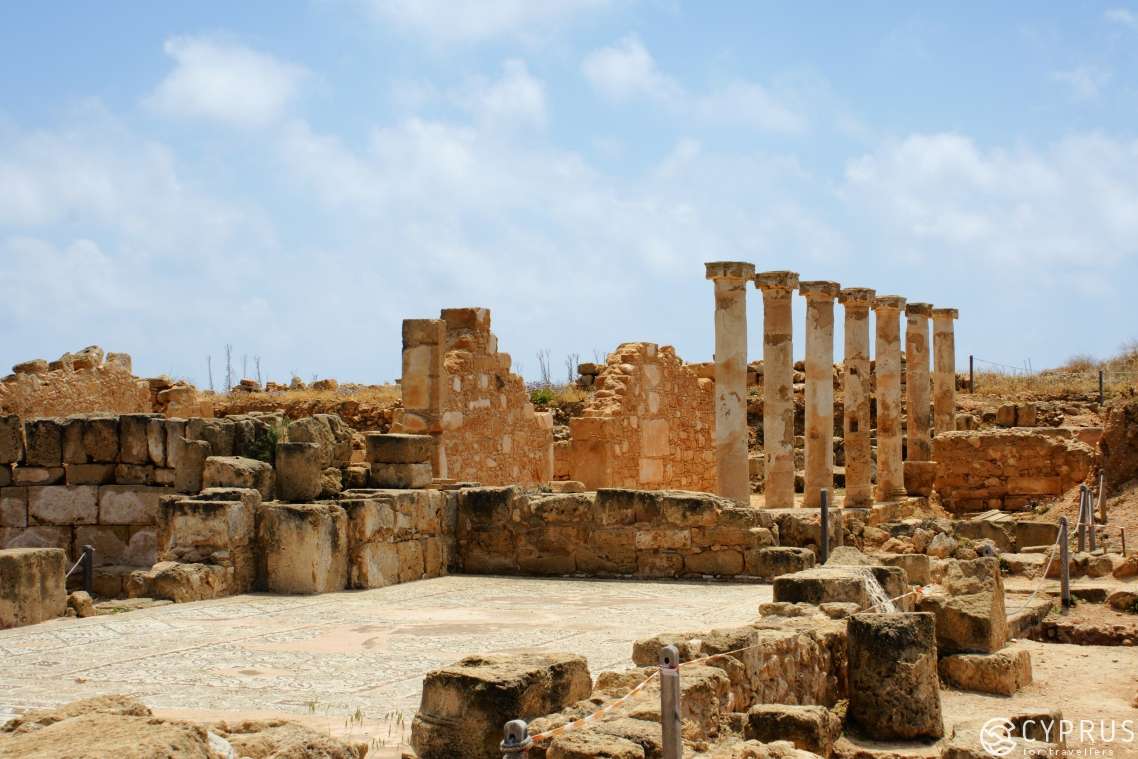
Amathus
The ancient city of Amathus was founded in the earliest Iron Age, c. 1100 BC. According to the legend, the founder of the city was Cinyras, the father of Adonis, who named the city after his deceased mother. Another legend says, that the ancient city was called after Ariadne, who died nearby while giving birth to her child, abandoned by the child’s father, Theseus.
Located close to the harbour, the city established trade routes and was growing fast. Other sources of money for the citizens were mining and sheep breeding.
The Temple of Aphrodite built on a cliff was the main landmark of Amathus: lots of people used to come here to honour Adonis by dancing, hunting, and singing, even after the city had lost all its political influence.
Severe earthquakes, Arab invasions, and the beginning of the Christian era on the island marked the end of prosperity for Amathus. Locals lost their interest in the cult of Aphrodite; by the time when Richard the Lionheart conquered the island, the city had vanished.
Today, the visitors of the Archeological Site can explore the ruins of several ancient constructions (the temple of Aphrodite, the market, the agora, and an Early Christian basilica with mosaic floors). Numerous sculptures, clayware, and other objects discovered during the excavations in the 19th and the 20th centuries are now exhibited in the largest archaeological museums in the world, including the Metropolitan Museum of Art and the British Museum.
